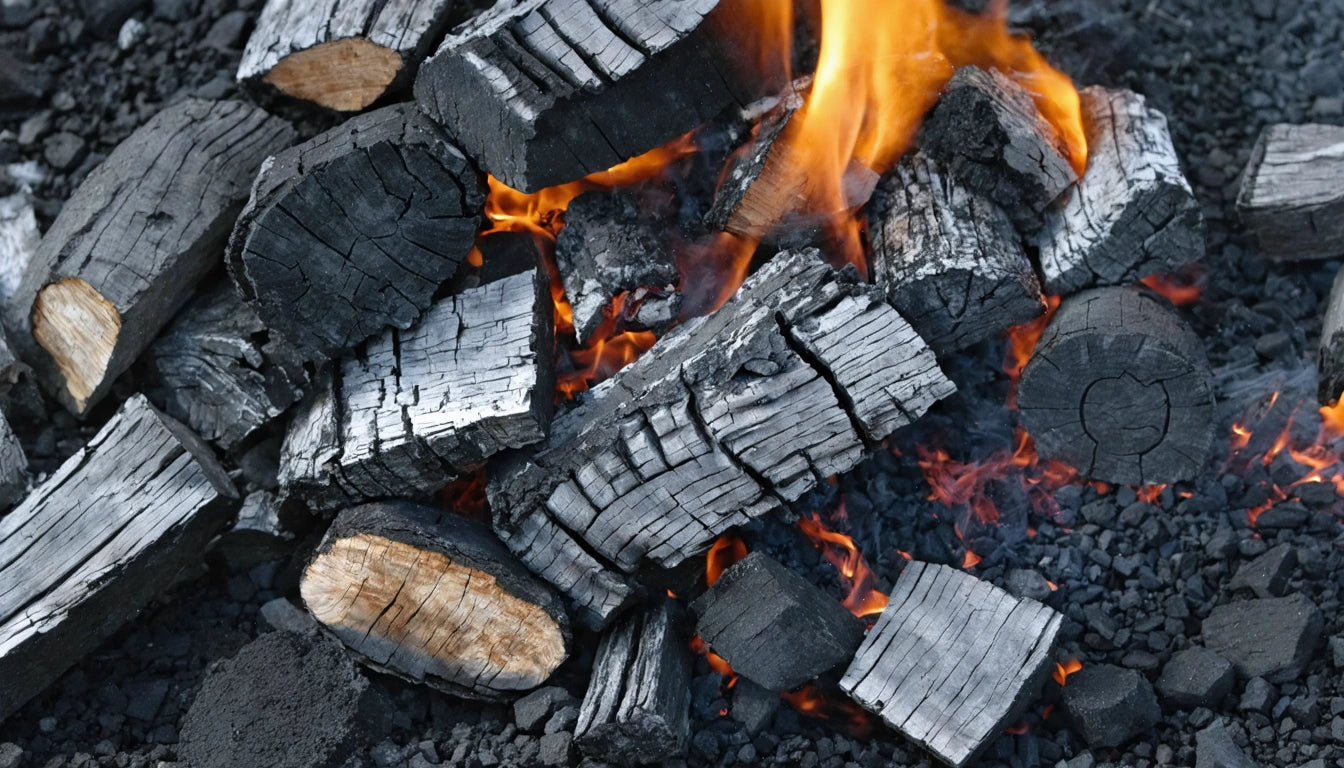Table of Contents
- Understanding Filter Tips: Charcoal, Wood, and Carbon
- Charcoal Filters and Odor Absorption Properties
- Safety Considerations for Charcoal and Carbon Filters
- Wooden Filter Tips: Natural Alternative with Style
- Comparing Filter Materials: Making the Right Choice
- Maintenance and Storage Best Practices
- Future Innovations in Filter Technology
Understanding Charcoal and Wood Filter Tips: Benefits, Safety, and Odor Absorption
Filter tips have evolved significantly in recent years, with charcoal, wood, and carbon options gaining popularity among discerning smokers. These specialized filters offer enhanced filtration, improved flavor profiles, and aesthetic appeal that standard filters simply can't match. This comprehensive guide explores the benefits, safety considerations, and practical applications of these premium filter options.
Understanding Filter Tips: Charcoal, Wood, and Carbon
Filter tips serve multiple purposes in the smoking experience. They prevent plant material from entering the mouth, reduce harshness, and potentially filter out unwanted substances. While traditional paper filters have dominated the market, specialized materials like charcoal, wood, and carbon are revolutionizing filtration technology.
According to this guide on filter tip materials, the right filter can dramatically impact taste, smoothness, and overall enjoyment. Each material offers distinct advantages that cater to different preferences and priorities.
Charcoal Filters and Odor Absorption Properties
One of the most significant benefits of charcoal filter tips is their exceptional odor absorption capability. The question "does charcoal absorb smell" has a definitive answer: yes, and remarkably well. Activated charcoal contains millions of microscopic pores that effectively trap odor molecules through a process called adsorption.
How Charcoal Absorption Works
Activated charcoal works through physical adsorption, where odor molecules adhere to the vast surface area of the charcoal. This process:
- Traps volatile compounds responsible for strong odors
- Reduces the amount of visible smoke
- Minimizes lingering scents in enclosed spaces
- Works continuously throughout the smoking session
When properly maintained, charcoal filter tips can significantly reduce the characteristic odors associated with smoking. This makes them particularly valuable in situations where discretion is desired.
Safety Considerations for Charcoal and Carbon Filters
A common question among consumers is "are charcoal filters safe" for regular use. Research indicates that quality charcoal filters are generally safe when used as directed. However, there are important considerations to keep in mind.
High-quality activated charcoal is non-toxic and doesn't introduce harmful chemicals into the smoke stream. In fact, carbon filter tips may actually remove certain harmful compounds through the adsorption process. However, the effectiveness varies based on design, quality, and proper usage.
For optimal safety and performance, it's essential to properly maintain your humidity levels. Humidity control solutions can help preserve the integrity and effectiveness of your filters while maintaining optimal moisture content of your herbs.
Wooden Filter Tips: Natural Alternative with Style
Wood filter tips offer a natural alternative that combines functionality with aesthetic appeal. These filters come in various wood types, each imparting subtle flavor notes to the smoking experience.
Benefits of Wood Filter Tips
Wooden filter tips provide several advantages over standard options:
- Natural filtration properties that remove particulates
- Subtle flavor enhancement depending on wood type
- Biodegradable and more environmentally friendly
- Distinctive appearance and premium feel
- Reusable options for sustainability
According to this comprehensive guide, wood filter tips are increasingly popular among those seeking a more natural smoking experience. Cedar, cherry, and maple are particularly sought after for their pleasant aromatic qualities.
Comparing Filter Materials: Making the Right Choice
When selecting between charcoal, wood, and traditional filters, consider these key factors:
Filtration Efficiency
Carbon and charcoal filter tips typically offer superior filtration compared to wood or paper alternatives. They're particularly effective at removing specific compounds while maintaining flavor profiles. Wood filters provide moderate filtration with natural aesthetics and subtle flavor enhancement.
Environmental Impact
Wood filter tips and certain biodegradable charcoal options offer reduced environmental impact. Many wooden filters are sustainably sourced and naturally decompose after disposal, making them an eco-conscious choice.
Cost Considerations
While specialized filters typically cost more than standard options, many users find the improved experience justifies the investment. Reusable options like certain wooden tips can provide long-term value despite higher initial costs.
For those interested in exploring different filter options, this guide to filter varieties provides detailed comparisons across materials, sizes, and designs.
Maintenance and Storage Best Practices
To maximize the effectiveness and lifespan of specialized filter tips:
- Store charcoal filters in airtight containers to preserve adsorption capacity
- Keep wooden filters in moderate humidity environments to prevent warping
- Clean reusable filters according to manufacturer recommendations
- Replace disposable filters regularly for optimal performance
- Consider using humidity control products to maintain optimal conditions
Proper maintenance ensures consistent performance and extends the useful life of premium filter products. For DIY enthusiasts, this guide on creating custom filters offers practical tips for crafting personalized solutions.
Future Innovations in Filter Technology
The filter tip market continues to evolve with exciting innovations on the horizon. Emerging technologies include hybrid materials that combine the benefits of multiple filter types, adjustable filtration systems, and eco-friendly disposable options that minimize environmental impact.
As consumer preferences shift toward more personalized experiences, we can expect to see greater customization options in filter design, materials, and functionality. The future of filter technology lies in balancing effective filtration with enhanced flavor profiles and environmental responsibility.
Whether you choose charcoal filter tips for their superior odor absorption, wood filter tips for their natural appeal, or carbon filter tips for their filtration efficiency, understanding the unique properties of each option helps you make informed decisions that enhance your smoking experience.











Leave a comment
All comments are moderated before being published.
This site is protected by hCaptcha and the hCaptcha Privacy Policy and Terms of Service apply.